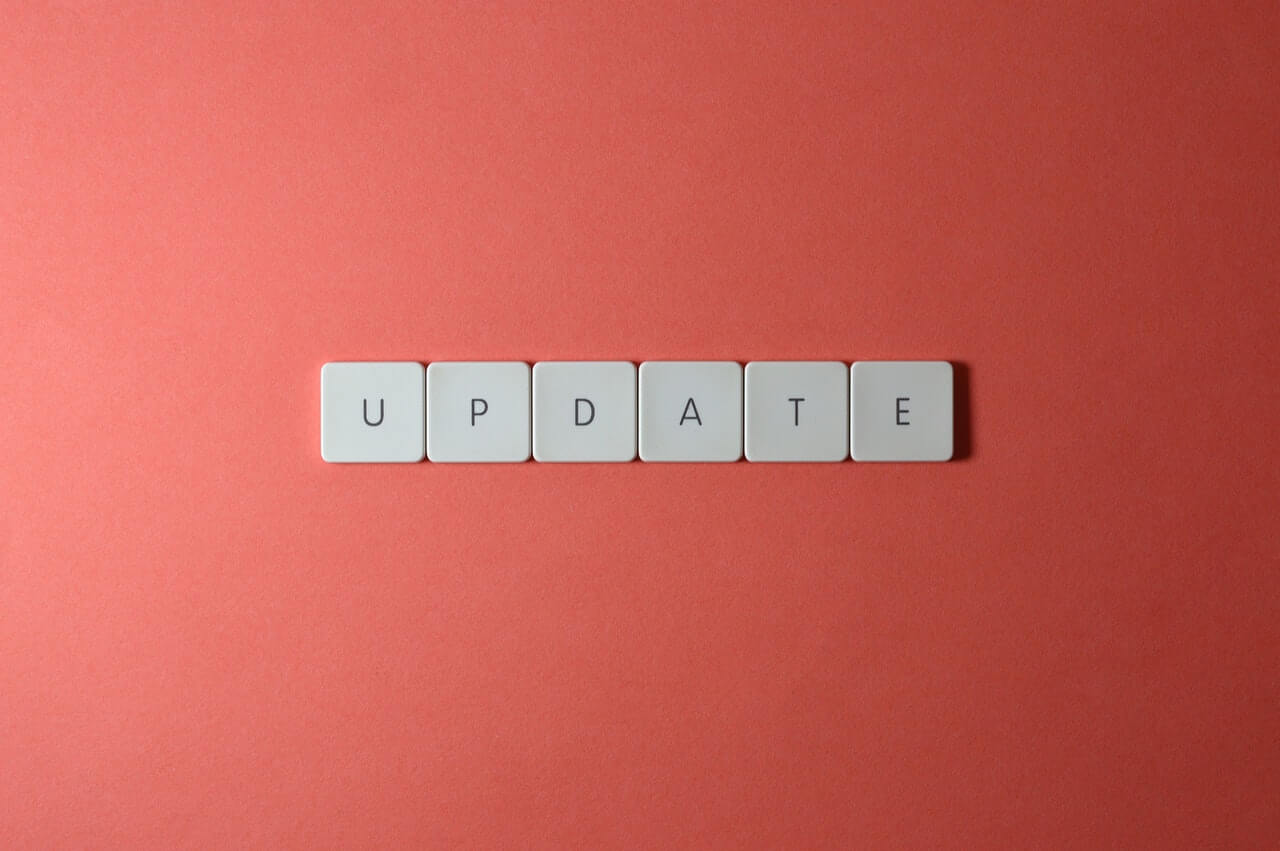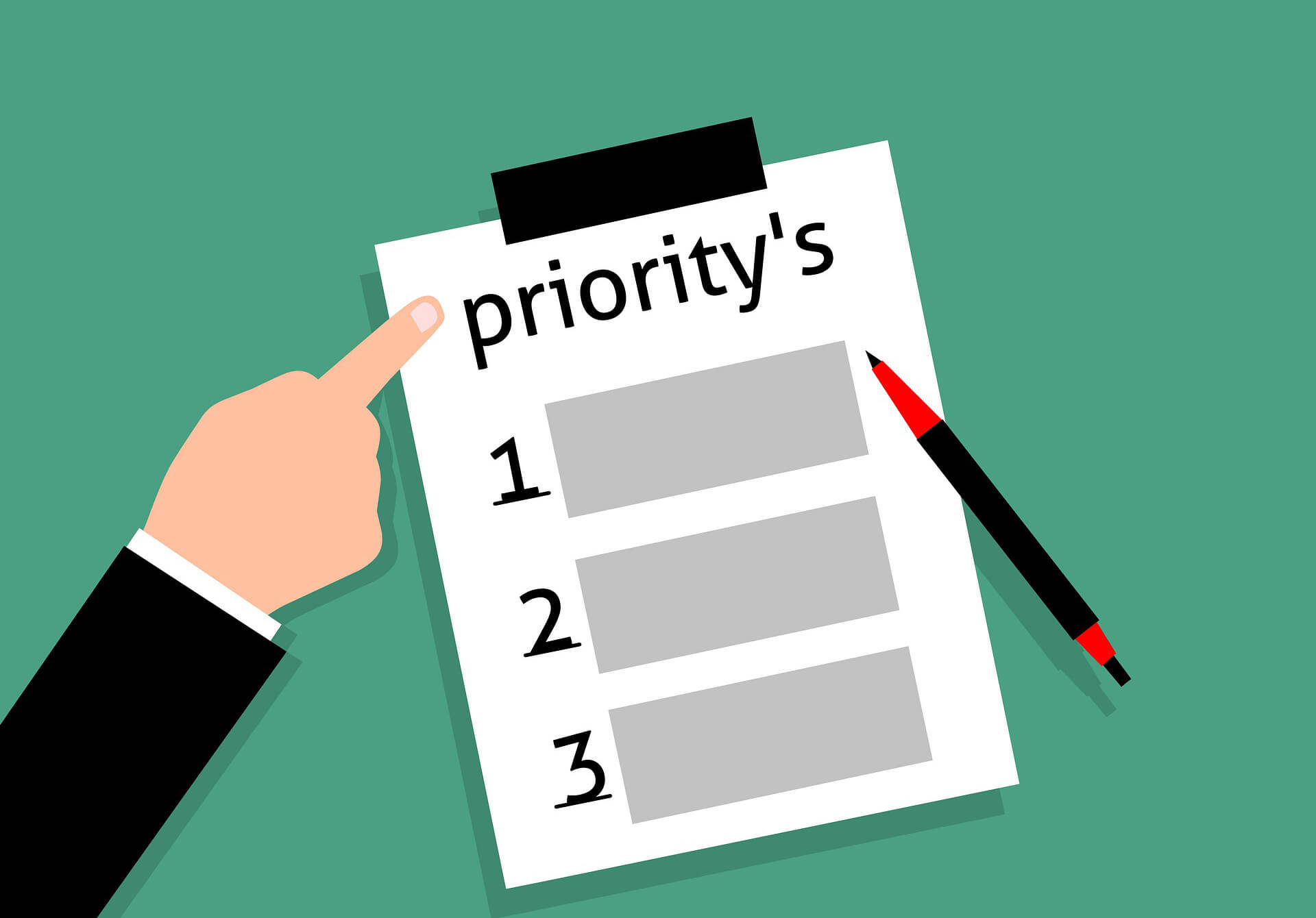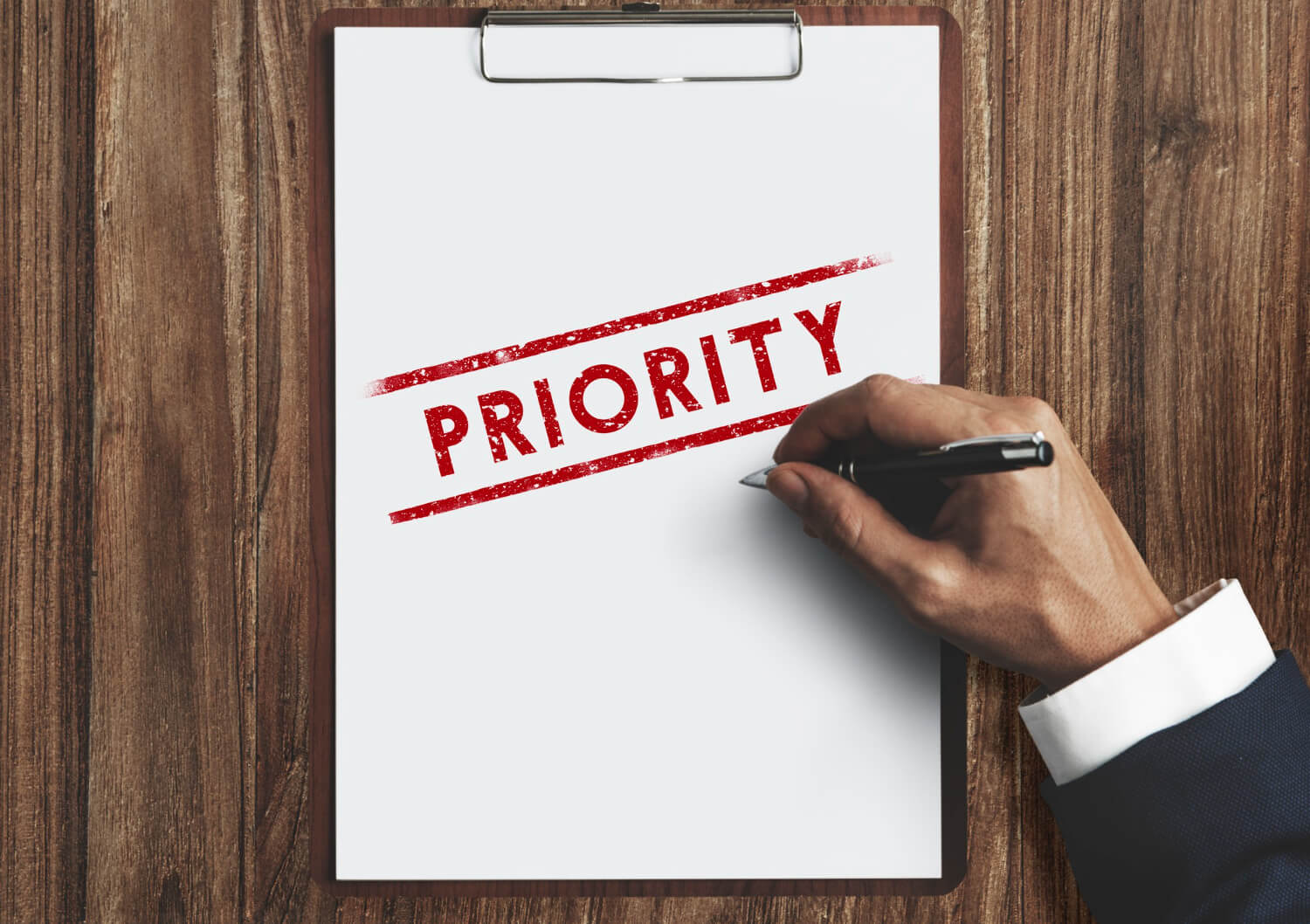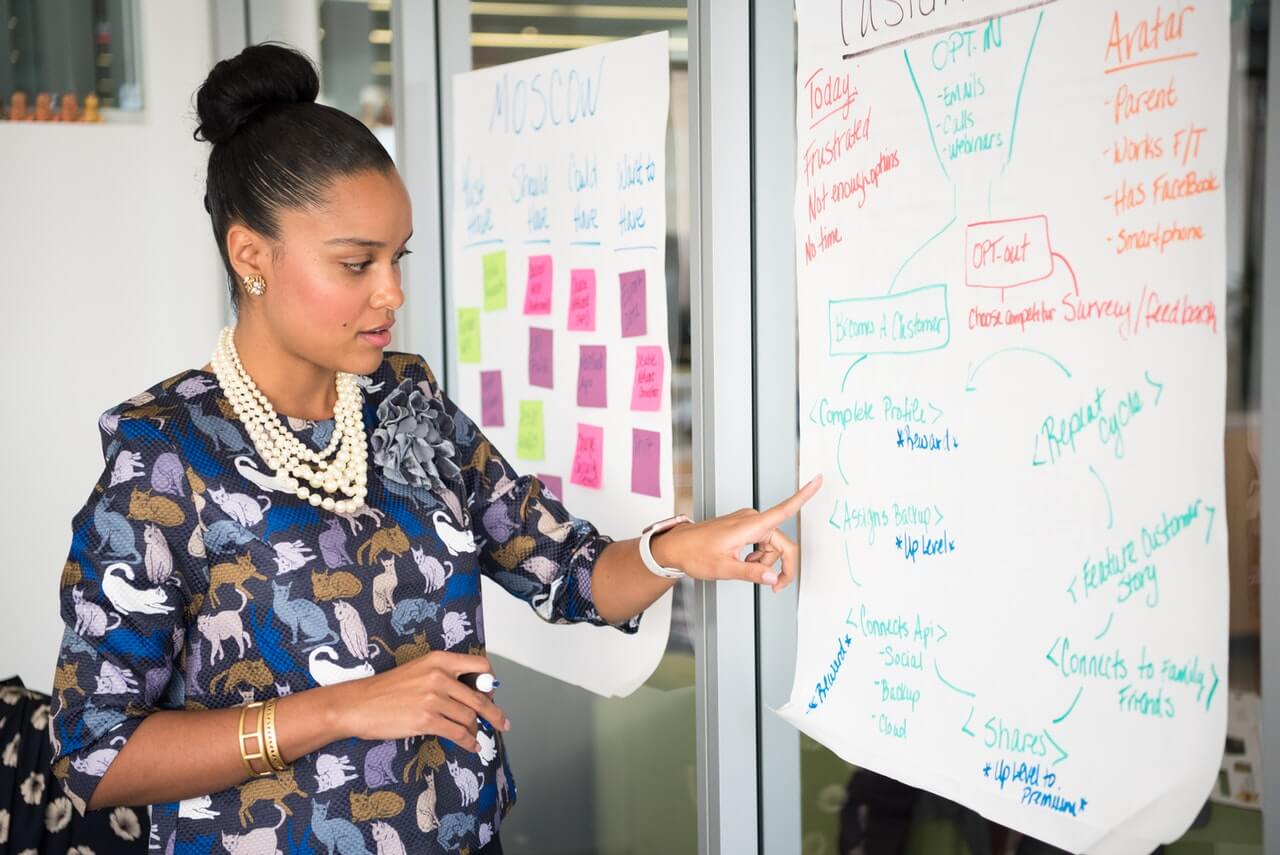Communicating Trainng And Documents
How do we communicate training as a technical writer? Is collaboration a key to good…
Our content is reader-supported. Things you buy through links on our site may earn us a commission
Never miss out on well-researched articles in your field of interest with our weekly newsletter.

Subscriber

How do we communicate training as a technical writer? Is collaboration a key to good…

How do you communicate updates for your technical documents? With fast growing companies, especially global…

Let us say you are familiar with your audience. Even though you know them, when…

How do you communicate change to others? It can be done verbally or through writing.…

How to communicate to others. The previous content presented ‘How not to communicate as a…

How not to communicate to others. The following are some pretty important rules about how…

Some Technical Writers like to use numbers in dividing up sections within a document and…

How do you interview for a technical writing position? It’s not only bringing samples of…

We have mentioned previously how to communicate priorities, but how do Technical Writers organize their…

How do Technical Writers communicate their priorities? Priorities are needed to accomplish goals and to…

Sometimes Technical Writers are responsible for working for more than one manager. How do you…

The Technical Writer as an Analyst is a subject matter expert when involved with analyzing…

Writing and communicating the purpose of a governance document takes a lot of work. It…

In continuing with the subject of using the mapping technique (where bubbles/boxes/shapes are used) to…

Mapping is a technique for organizing and visualizing your ideas. It is a great way…

In reviewing the previous post, it is noted that even though we came up with…